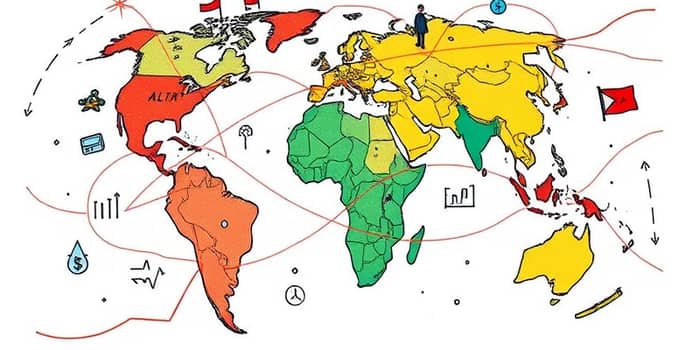
In an age of rapid change, understanding how politics across borders affects your investments is vital. Investors today face an increasingly complex environment where every news headline can trigger market tremors.
At its core, geopolitical risk encompasses armed conflicts, trade disputes, sanctions, regime upheavals, and diplomatic standoffs that disrupt market dynamics. What was once considered background noise now takes center stage in portfolio decisions.
Historical examples—from Cold War tensions to the 2008 sanctions on Russia—remind us that these risks can reshape entire sectors. Modern investors confront them daily, whether through sudden tariff hikes or cyberattacks on critical infrastructure.
According to recent surveys by UBS and BlackRock, 84% of family offices, managing over $6 trillion, list geopolitical issues as a top concern. Among these, 64% plan to further diversify their portfolios in response.
Key events have underscored the stakes:
Quantitative data highlights the real costs of upheaval. After major conflicts:
The Geopolitical Risk Index (GPR) spiked sharply after the Ukraine invasion in 2022 and Taiwan tensions in 2023, although it now hovers just above its long-term baseline. This illustrates that periods of calm may mask the potential for sudden, impactful shocks.
Successful investors blend resilience with opportunity seeking. Key approaches include:
Russia-Ukraine War (2022–Present): This conflict triggered a reallocation of global energy capital, a surge in commodity prices, and a pronounced correction in markets heavily dependent on Russian exports.
Brexit (2016–2020): The U.K.’s exit from the EU forever altered the European financial landscape. Multinationals reevaluated their European footprints, and London’s status as a financial hub was challenged.
U.S.–China Trade War (2018–2019): Tariffs and counter-tariffs forced many firms to relocate manufacturing, accelerate automation, and build alternative supply chains—decisions that continue to influence cost structures today.
To navigate this complex terrain, consider the following principles:
Looking ahead, geopolitical complexity is unlikely to abate. Emerging technologies, evolving alliances, and climate-driven stresses will continue to generate market-moving events.
Investors must shift from reactive crisis management to holistic, embedded geopolitical risk strategies that are integral to portfolio governance.
By combining robust analysis, diversified positioning, and active monitoring, you can turn uncertainty into opportunity—and keep your portfolio resilient amid the unpredictable tides of global politics.
References





